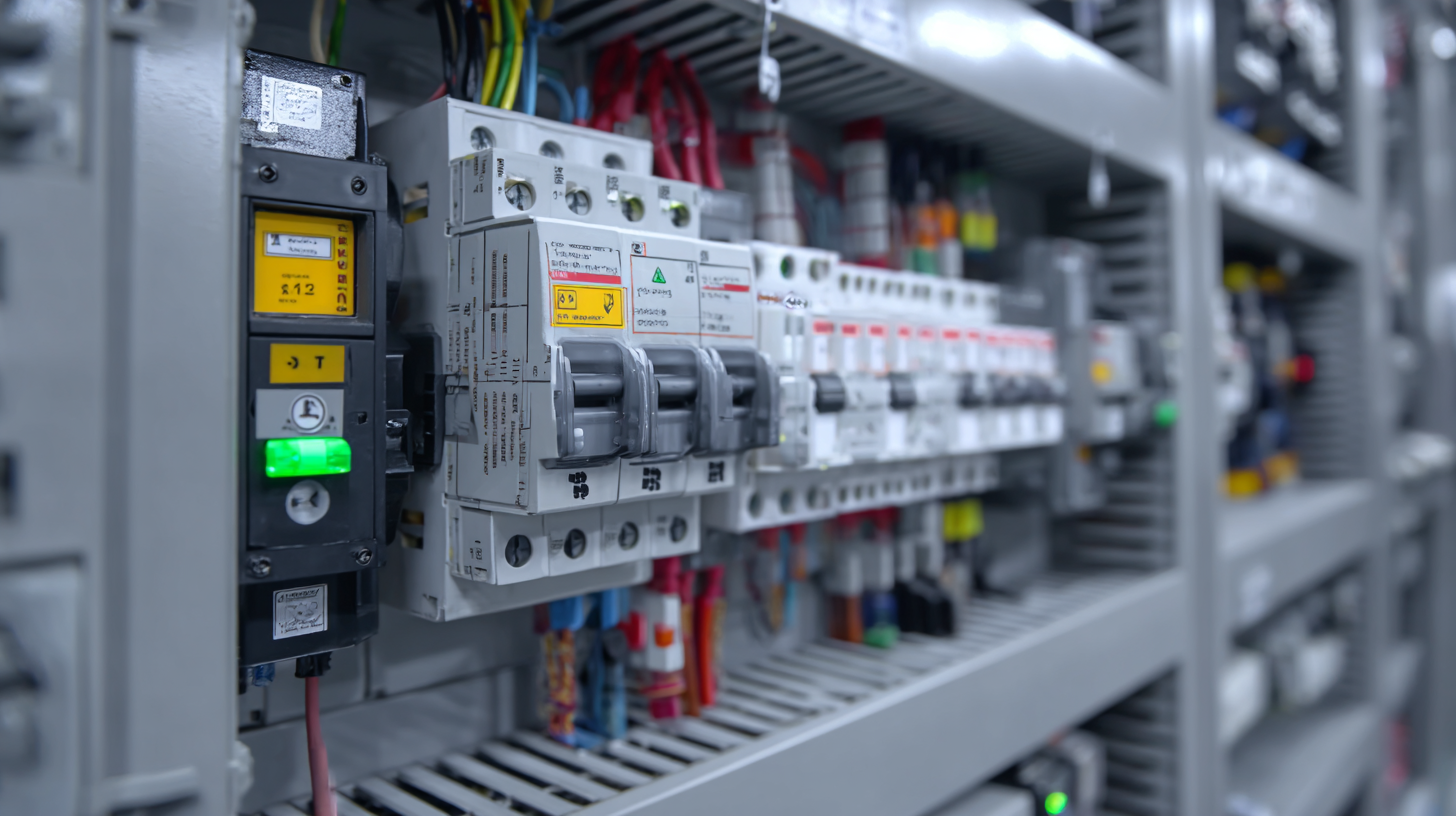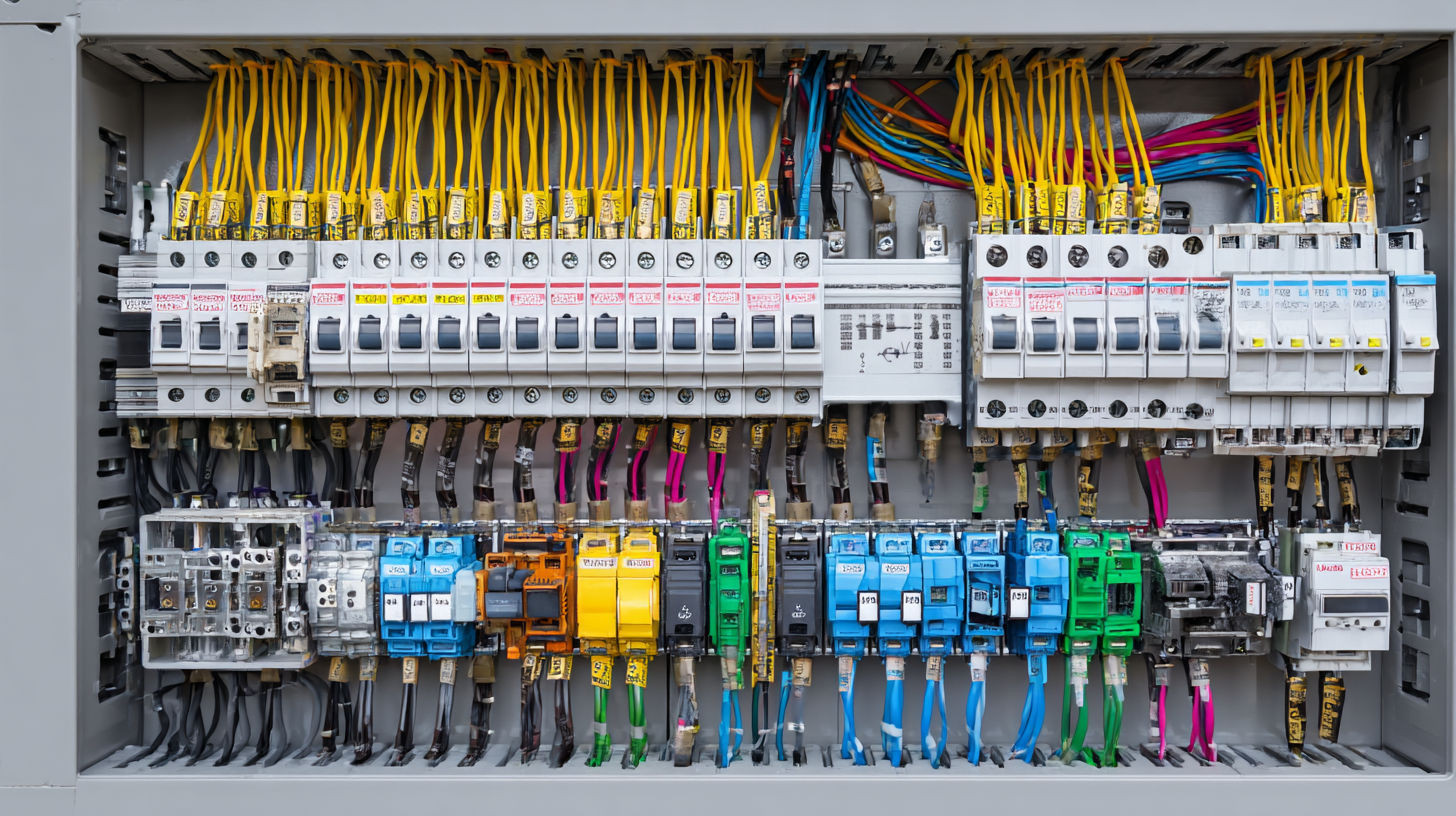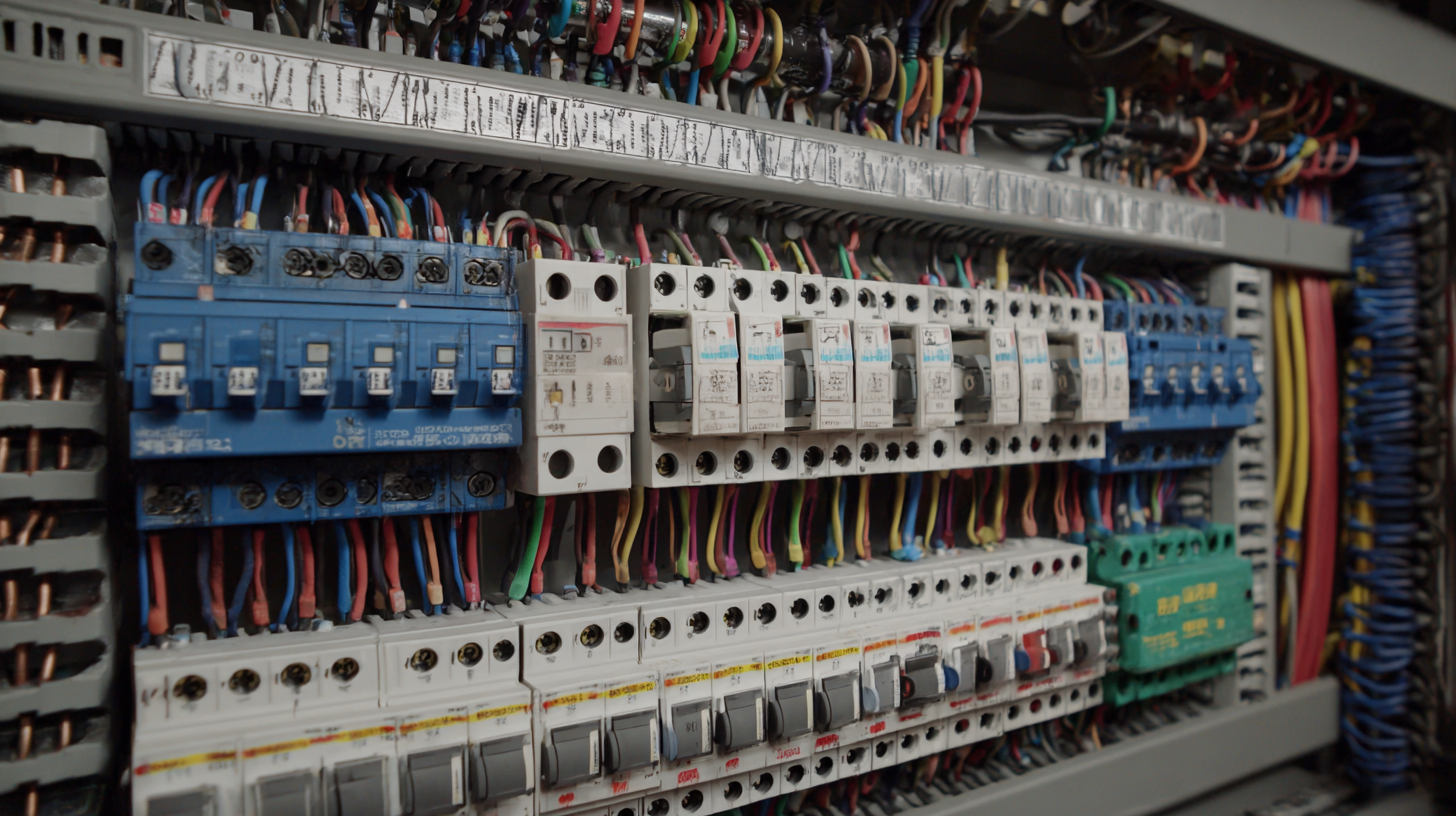
Transforming Industries: How the Best Electrical Panel Box Solves Common Power Distribution Problems
In today's rapidly evolving industrial landscape, effective power distribution is paramount for seamless operations, making the choice of an Electrical Panel Box a critical decision for businesses. As industries grapple with challenges such as equipment overload, energy inefficiency, and regulatory compliance, the right electrical solutions can revolutionize how power is managed and distributed. This blog explores the transformative potential of high-quality Electrical Panel Boxes, delving into their ability to solve common power distribution problems while ensuring compliance with industry standards.

By examining the intersection of innovative design and industry certifications, we will guide you on how to select the best Electrical Panel Box that not only meets your operational needs but also adheres to the stringent regulations crucial for market entry and competitive advantage. Join us as we illuminate the path to optimizing your power management strategy.
Innovative Features of Modern Electrical Panel Boxes for 2025
As the demand for efficient power distribution systems grows, modern electrical panel boxes are evolving with innovative features that address common challenges faced by industries today. With power consumption projected to increase by 30% by 2030, manufacturers are prioritizing smart technologies that enhance monitoring and management capabilities. For instance, advanced panel boxes now integrate smart meters and IoT connectivity, allowing real-time data analysis and remote control. Reports indicate that companies utilizing such technologies can reduce energy costs by up to 20%, paving the way for sustainable practices.
When selecting an electrical panel box, consider these tips: First, look for models that offer arc-fault circuit interrupters (AFCIs) to enhance safety by preventing electrical fires. Additionally, selecting panel boxes with modular designs can facilitate upgrades as technology advances, ensuring longevity and adaptability. Lastly, opt for systems that include surge protection which can safeguard sensitive equipment from voltage spikes, potentially extending the lifespan of crucial machinery.
In 2025, the incorporation of artificial intelligence in panel boxes is set to revolutionize energy distribution further. These intelligent systems will not only optimize electricity flow but also predict and manage potential outages, contributing to the reliability and sustainability of operations. With these modern electrical panel boxes, industries are better equipped to tackle the increasing complexities of power distribution.
Power Distribution Trends in Electrical Panel Boxes for 2025
Addressing Power Distribution Challenges in Various Industries
Power distribution is a critical component in various industries, from manufacturing to healthcare. According to a report by the International Energy Agency (IEA), power quality issues can lead to losses upwards of $150 billion annually in the U.S. alone. These challenges arise from inadequate electrical panel boxes, which can hinder performance and safety. Addressing these power distribution issues is vital for maintaining operational efficiency and minimizing downtime.

One effective solution is implementing advanced electrical panel boxes designed to manage load distribution more efficiently. A National Fire Protection Association (NFPA) study highlights that improperly configured electrical systems account for nearly 22% of electrical fires in commercial settings. Upgrading to a robust electrical panel can mitigate these risks while enhancing system reliability.
Tip: Regularly inspect and maintain your electrical panel box to ensure optimal performance. Integrating smart technologies can also provide real-time monitoring, which helps preemptively identify and resolve potential issues. As industries continue to evolve, investing in high-quality power distribution solutions will be paramount in overcoming common challenges and ensuring seamless operations.
The Role of Smart Technology in Enhancing Panel Box Efficiency
Smart technology is revolutionizing the way we approach power distribution, particularly through the use of advanced electrical panel boxes. These modern panel boxes integrate smart features that enhance efficiency, reliability, and safety in power management. By utilizing real-time data monitoring and automated control systems, they ensure optimal energy distribution and minimize the risks of overloads and outages. This leads to improved performance across various industries, from manufacturing to residential usage.
Here are some tips to maximize the benefits of smart electrical panel boxes. First, prioritize installation by choosing a certified professional who can integrate the smart technology properly with existing systems. Second, regularly update the software and firmware of your panel boxes to ensure they operate with the latest features and security measures. Lastly, leverage mobile applications connected to these smart panels to monitor usage patterns and receive alerts about potential issues, allowing for preemptive maintenance and energy-saving strategies.
Adopting smart technology in electrical panel boxes not only enhances efficiency but also fosters a proactive approach to energy management, resulting in significant cost savings and a lower environmental footprint.
Transforming Industries: How the Best Electrical Panel Box Solves Common Power Distribution Problems - The Role of Smart Technology in Enhancing Panel Box Efficiency
| Feature | Description | Benefits | Application Areas |
|---|---|---|---|
| Smart Monitoring | Real-time tracking of electrical parameters | Enhanced user awareness and proactive maintenance | Residential, Commercial |
| Remote Control | Control panel settings via mobile apps | Convenience and flexibility in operation | Industrial, Smart Homes |
| Load Management | Distributes power based on usage patterns | Improved energy efficiency and cost savings | Commercial, Industrial |
| Fault Detection | Automated alerts for short circuits and overloads | Minimized downtime and damage prevention | Residential, Industrial |
| Energy Analytics | Data insights on energy consumption | Informed decisions for reducing energy costs | Commercial, Institutional |
Case Studies: Successful Transformations with Top Electrical Panels
In today's rapidly evolving industrial landscape, the implementation of top-tier electrical panel boxes plays a pivotal role in overcoming common power distribution challenges. According to a report by the Electrical Safety Foundation International, about 30% of electrical failures in industrial settings stem from inadequate power distribution systems. This statistic highlights the necessity for high-quality electrical panels that not only enhance safety but also optimize energy efficiency.
Case studies illustrate remarkable transformations achieved through the use of advanced electrical panel solutions. For instance, a major manufacturing facility in the automotive sector experienced a 25% reduction in energy costs after upgrading to state-of-the-art panel boxes equipped with smart monitoring technologies. This upgrade enabled real-time data tracking, facilitating proactive maintenance and minimizing downtime.
Similarly, in the healthcare industry, a leading hospital reported a significant decrease in power outages and equipment failures after integrating a robust electrical panel system, underscoring the importance of reliable energy distribution in critical environments. These examples demonstrate that investing in superior electrical panels can lead to enhanced operational reliability and substantial cost savings across various industries.
Future Trends in Electrical Power Management and Distribution Solutions
As the energy landscape evolves, future trends in electrical power management and distribution are steering industries toward decentralized models. The increasing integration of distributed energy resources (DERs) empowers households and small businesses to engage directly in energy generation, fostering cleaner and more affordable power solutions. This transformation not only alleviates pressure on traditional utilities but also enhances resilience against grid disruptions.

Tips for implementing effective energy management systems include investing in smart grid technologies that facilitate real-time monitoring and control of energy flows. Additionally, exploring advanced energy storage solutions is essential. These systems help balance supply and demand, particularly with the rising adoption of electric vehicles, which significantly impact distribution networks. Furthermore, collaboration among stakeholders, including utilities, policymakers, and communities, plays a pivotal role in achieving sustainable energy goals.
The future also hinges on innovative approaches to integrating renewables into existing grids. As utilities adapt to these changes, embracing a more decentralized power generation model will be crucial. This not only supports the decarbonization efforts but also ensures that energy remains affordable for consumers, paving the way for a more sustainable future in energy management.
